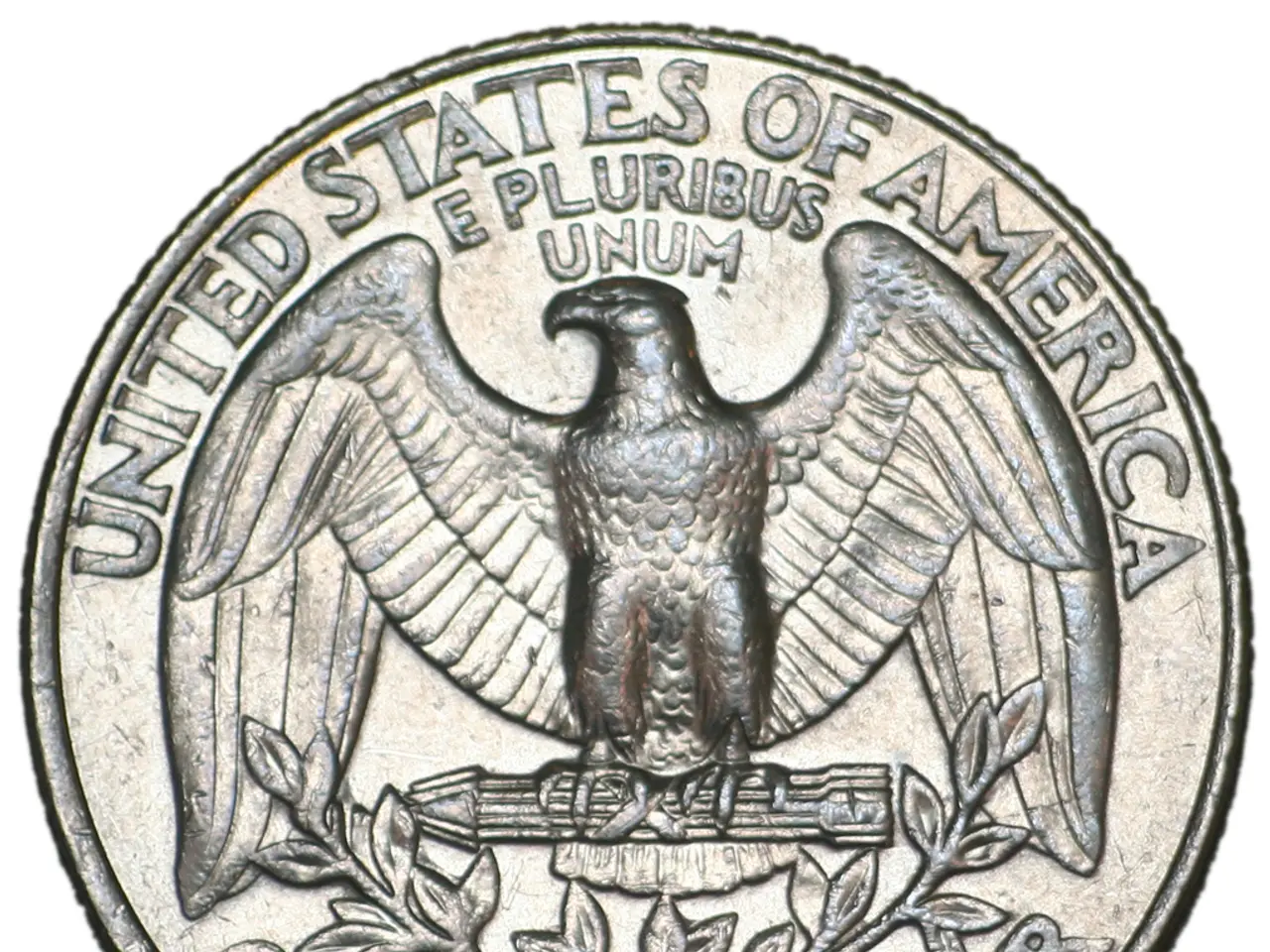Gold prices facing imminent hikes amid ongoing crisis
Gold prices are on a steady rise, with major banks and analysts predicting significant increases in the coming years. According to Goldman Sachs, the price of gold could reach around $3,000 per ounce by the second quarter of 2026. Other financial institutions have even more optimistic forecasts, with some expecting gold to hit $4,000 by mid-2026.
Central bank purchases and geopolitical tensions are driving this bullish outlook. Central banks worldwide, including those in China, India, Turkey, and Russia, have been aggressively accumulating gold reserves to reduce their reliance on the U.S. dollar. Over the past 12 months, central banks have purchased more than 700 tonnes of gold, signalling strong institutional confidence in gold’s long-term value.
Elevated trade tensions, such as those involving U.S. tariffs, increase market volatility and raise demand for gold as a safe-haven asset. Unpredictability in economic policies also fuels investor interest in gold as a protection against currency fluctuations and economic instability.
Expectations of softer interest rate policies from the Federal Reserve going into 2026, alongside persistent inflation and stagnating wage growth, decrease the real returns on bonds and savings, making gold more attractive. Although a strong U.S. dollar tends to suppress gold in the short term, this strength may be temporary, allowing gold prices to rise longer term.
The Bundesbank, the German state, owns the world's second-largest gold reserve, worth 270 billion euros at the end of 2024, an increase of 69 billion euros from the previous year. The Bundesbank's gold reserves are stored in New York and London due to considerations of security and liquidity. The World Gold Council predicts a further price increase in the second half of the year, although at a slower pace.
China, the world's largest gold producer, has nearly sextupled its official gold reserves since the turn of the century, making it the seventh-largest national gold reserve in the world. Many experts believe that China's actual gold holdings are much higher than officially reported. Countries like India, the United Arab Emirates, Qatar, and Poland are increasing their focus on physical gold to make themselves more independent from the U.S. dollar.
Michael Eubel, head of precious metals at BayernLB, states that uncertainties in the world make gold a safe haven. Benjamin Summa, spokesperson for Pro Aurum, notes that central banks worldwide have acquired around 1,000 tons of gold annually in recent years. Central banks in China and other countries are major contributors to the rise in gold prices.
Gold owners have benefited from the price increase, but gold buyers have had to pay more. The price of a kilo of gold has risen from around 80,700 euros to around 92,600 euros since the Bundesbank's annual report in 2024. The increase in the gold price has consequences for jewelers worldwide and their customers, with turnover increasing but prices not always in line with the gold price.
US investment bank Goldman Sachs estimates that the price could reach $4,000 by mid-2026. The current price per troy ounce of gold is approximately $3,300. The German gold jewelry market has flourished despite rising prices and demographic changes, reaching record levels in 2023 and 2024.
In summary, Goldman Sachs foresees a rise to around $3,000 by mid-2026 with elevated prices sustained by delayed rate cuts, while broader market consensus includes forecasts up to $4,000 due to robust central bank demand, inflation concerns, and geopolitical risks.
Investors are actively considering gold as an attractive option due to the finance sector's bullish outlook on gold prices. Central banks' aggressive gold purchasing, driven by geopolitical tensions and reduced dependence on the U.S. dollar, contribute to this optimistic view.




